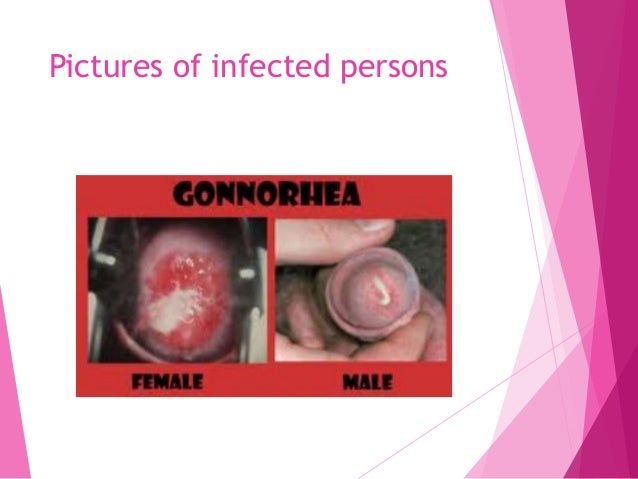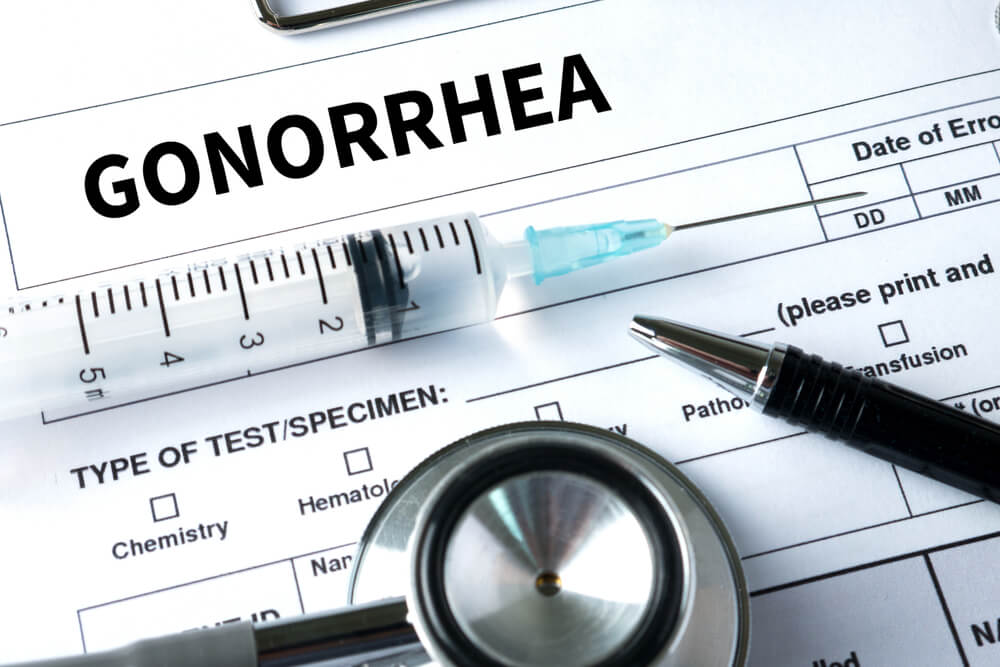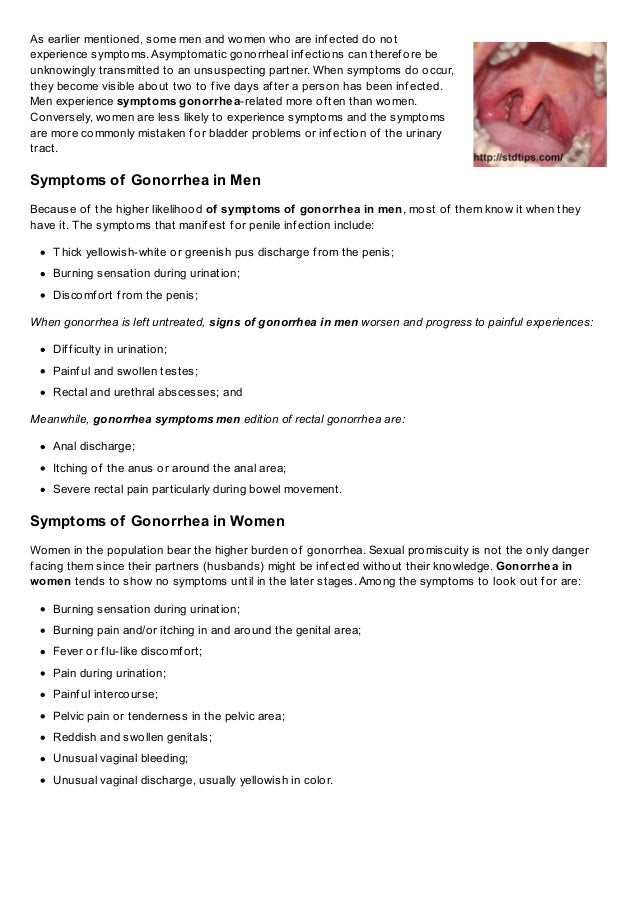

This can often make this STD more difficult to identify in the diagnosis process. Women tend to experience mild symptoms which may be similar to those of other illnesses, such as vaginal yeast or bacterial infections. It is rare, but gonorrhoea can cause further damage to the urethra and testicles or spread to the prostate.

Swelling or inflammation at the opening of the penis.Urgency or increased frequency of urination.This symptom is typically accompanied by any or more of the following: One of the first signs a man may notice when he has gonorrhea is a burning or painful sensation when urinating. It can take up to several weeks for men to develop noticeable symptoms, but typically an infection can begin to show signs a week following its transmission.
#Gonorrhea symptoms men skin#
The skin: If the bacteria that causes gonorrhea spreads it is referred to as a d isseminated gonococcal infection (DGI) and can cause multiple skin lesions.The joints: Bacteria can infect one or more joints in the body (septic arthritis) and cause warm, red, swollen and extremely painful symptoms, especially when you move (or are mobile).The throat: Sore and swollen lymph nodes in the neck.The eyes: Sensitivity to light, pain or discomfort in the eyes, infection and a pus-like discharge from one or both eyes (this is known as gonococcal conjunctivitis).The rectum: A pus-like discharge from the rectum, anal itching and strain during bowel movements.Gonorrhea affects the genital tract of both men and women but can also show signs in other parts of the body. A non-symptomatic carrier is still contagious, even without tell-tale signs of infection and can still pass on the infection. It can take up to 30 days for an infection to develop in some people.

Some people with a gonorrhea infection may never develop noticeable symptoms (non-symptomatic carrier), while others will notice something wrong within a period of 2 to 14 days following exposure.


 0 kommentar(er)
0 kommentar(er)
